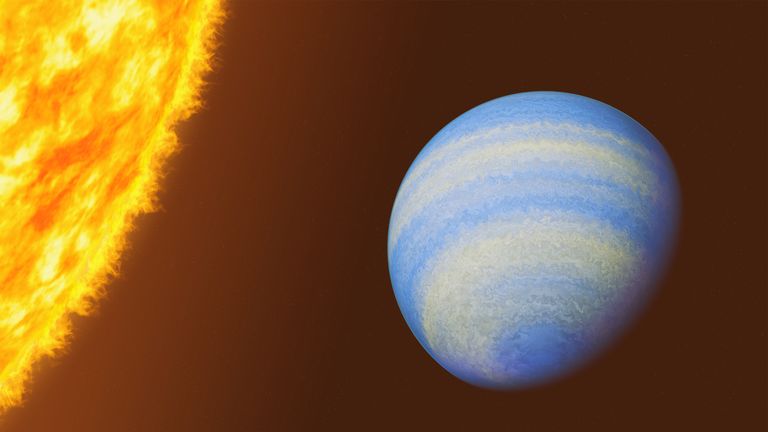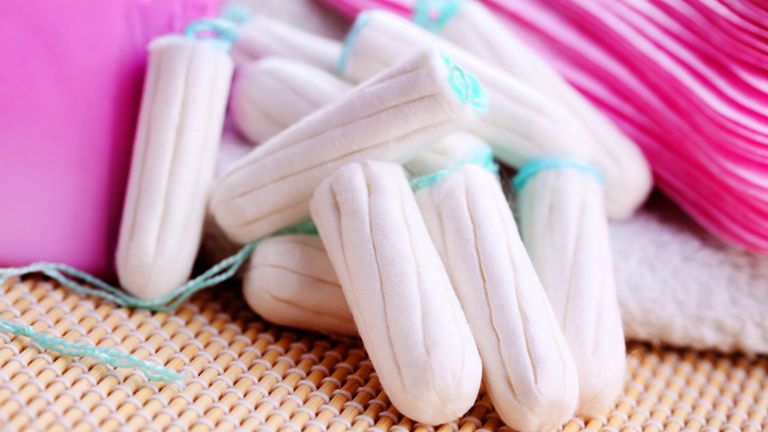A reckoning looms.
Mark it on your calendar.
It will begin Monday night on Capitol Hill.
Maybe punctuated by a meeting of the House Democratic Caucus Tuesday morning. Augmented by the customary Senate Democratic Caucus luncheon Tuesday afternoon.
The reckoning will slip into Wednesday and perhaps Thursday.
We will learn where Democrats stand with President Biden during this reckoning. And we may even learn whether the president is staying in the race or standing down.
It is said that timing is everything. And Mr. Biden and congressional Democrats certainly couldn’t have had worse timing over the past week-plus.
President Biden and fellow Democrats had since 2021 or even 2022 to figure out whether the president was truly a ‘transitional figure’ (as Biden characterized himself) or if it was time to go with someone else. Not after the party burned through the primaries. It shouldn’t have taken until the earliest presidential debate in American history to have a debate of another sort – even though the president’s team pushed for the date and the format of the recent forum on CNN.
That turned out to be poor timing.
But the timing issues only grew.
The worst thing to happen to Democrats is that the House met last Friday, just hours after the political brownfields site which doubled as the debate stage in Atlanta. That meant that the Capitol Hill press corps spent all Friday morning chasing every House Democrat imaginable through the halls of Congress, peppering them with questions about Biden’s performance.
Never before were Democratic senators so glad the Senate was out that day. In fact, the Senate didn’t meet at all last week.
The worst thing politically for Biden was that the House and Senate were both out over the past week. Congressional Democrats were petrified after the president’s performance at the debate. But the fact that Democrats only had to endure tough questions from reporters at the Capitol for one day bought Biden time he didn’t have. Congress doesn’t return until Monday, and while apprehension about the president intensified, the recess muted those reservations and paused demands for Biden to possibly bow out.
A senior House Democratic leadership source said those who are close to the president ‘did not serve him well.’ The source added: ‘this is not sustainable.’
Democrats freaked out about what Biden’s electability could mean for their own opportunities to hold the Senate and flip the House.
In the early going, Democrats dodged reporters late last week after Biden bombed.
‘I have no comment whatsoever,’ said Rep. Adriano Espaillat, D-N.Y., making a beeline for his car after descending the Capitol steps.
‘You have no comment? After the worst performance by any president (in a debate)?’ countered yours truly.
‘I’m staying with Pop Pop,’ replied Espaillat, referring to Biden.
Rep. Bill Keating, D-Mass., avoided questions, noting he had had a ’12 o’clock flight.’
Yours truly pressed Keating about whether Biden should remain on the ballot.
Keating replied that the decision would ‘be decided by the president,’ adding Biden did not seek ‘his counsel.’
Rep. Matt Cartwright, D-Pa., said Democrats don’t ‘need to overreact’ to the president’s performance. He also argued that ‘it’s a big leap’ for Democrats wanting to shove Biden off the ticket.
House Minority Leader Hakeem Jeffries, D-N.Y., emphatically replied ‘no’ when asked if the president should back off. But it’s clear now that Jeffries and other top Democratic leaders are listening closely to their caucus and gauging where members stand with the president.
However, Jeffries added later in the day that he would ‘reserve comment about anything relative to where we are at this moment, other than to say I stand behind the ticket.’
Everything in politics is relative, as Jeffries might say. So where congressional Democrats stand with Biden could soon dictate a lot more commentary – from the minority leader, and others.
It would take a lot for the Democratic Party to unspool itself from Biden. His delegates are only pledged to him now. But the party is scheduled to bind those delegates to Biden in a virtual roll call vote on Aug. 7. As of right now, the party can only replace the nominee after Aug. 7 due to death, resignation or disability.
Rep. Jim Clyburn, D-S.C., the former House majority whip and assistant Democratic leader, is credited with salvaging Biden’s 2020 sagging bid for the White House, engineering a victory in the Palmetto State. Clyburn described the debate as ‘strike one’ for Biden.
‘If this were a ballgame, he’s got two more swings,’ said Clyburn.
But this isn’t a ballgame. This is the presidency.
‘I don’t know what you do in this game,’ said Clyburn.
Even House Speaker Mike Johnson, R-La., discussed the possibility of deploying the 25th Amendment. There’s a provision where the vice president and the Cabinet – and potentially a two-thirds vote by both the House and Senate – could remove an incapacitated president who is deemed unfit to serve.
‘It’s the Cabinet that makes that decision. I would ask the Cabinet members to search their hearts,’ said Johnson.
Rep. Chip Roy, R-Texas, even introduced a resolution regarding the 25th Amendment before the recess. It’s possible there could be votes related to the 25th Amendment or the president’s competence when lawmakers return to Washington in the coming days.
The coming days on Capitol Hill will be an utter doozy.
One thing to watch for: where California Democrats stand. Forty California Democrats comprise the 213 member House Democratic Caucus. That’s nearly 19%. It’s 9% of the entire 432-member House (there are three vacancies). Don’t forget that Vice President Harris is a Californian and served as the Golden State’s senator.
If California Democrats begin to move against Biden, it’s hard to see how they don’t align with Harris.
‘If the White House or the administration or the president doesn’t have that conversation (about Biden’s viability) with members of Congress, with members of the Senate, you will probably see a number of folks starting to come out,’ Rep. Ami Bera, D-Calif., told Fox News.
‘Let Biden continue campaigning,’ said Rep. John Garamendi, D-Calif. ‘He has shown since the debate that he’s perfectly capable.’
But this could all change when lawmakers return to Washington in the coming days. And there is likely to be a reckoning on the Democratic side of the aisle.










